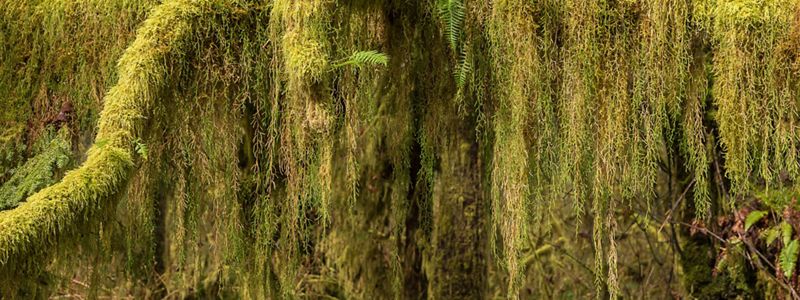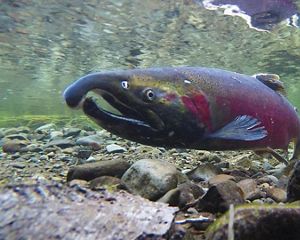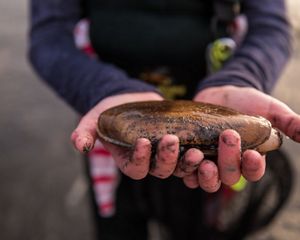Five Nature Conservancy Preserves in Washington You Can Visit Any Time
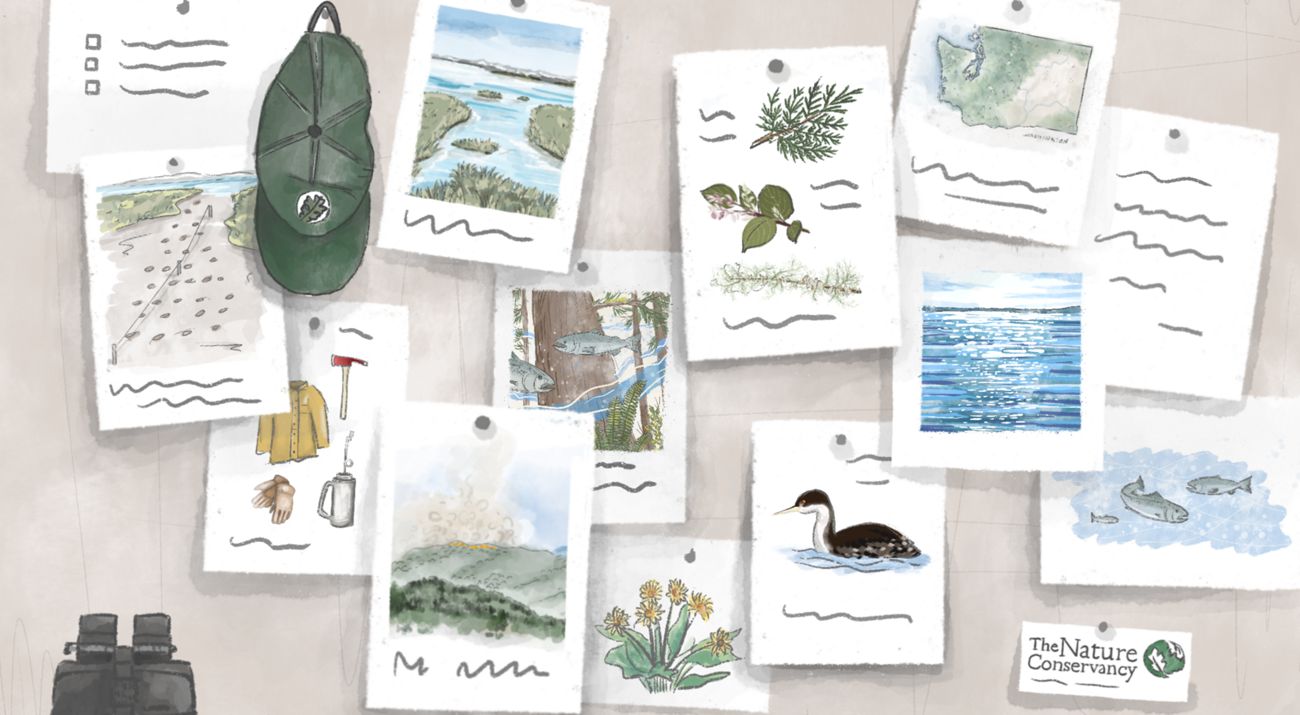
Washington state is known for its diverse landscapes ranging from coastal beauty to mountainous terrain to open-sky grasslands and desert.
The Nature Conservancy has helped to conserve more than 800,000 acres in this amazing state, and we are currently stewarding 100,000+ acres—working toward a world where people and nature can thrive in balance.
Here are five Nature Conservancy preserves in Washington that you can visit any time to immerse yourself in the beauty of nature and learn about The Nature Conservancy’s conservation efforts.
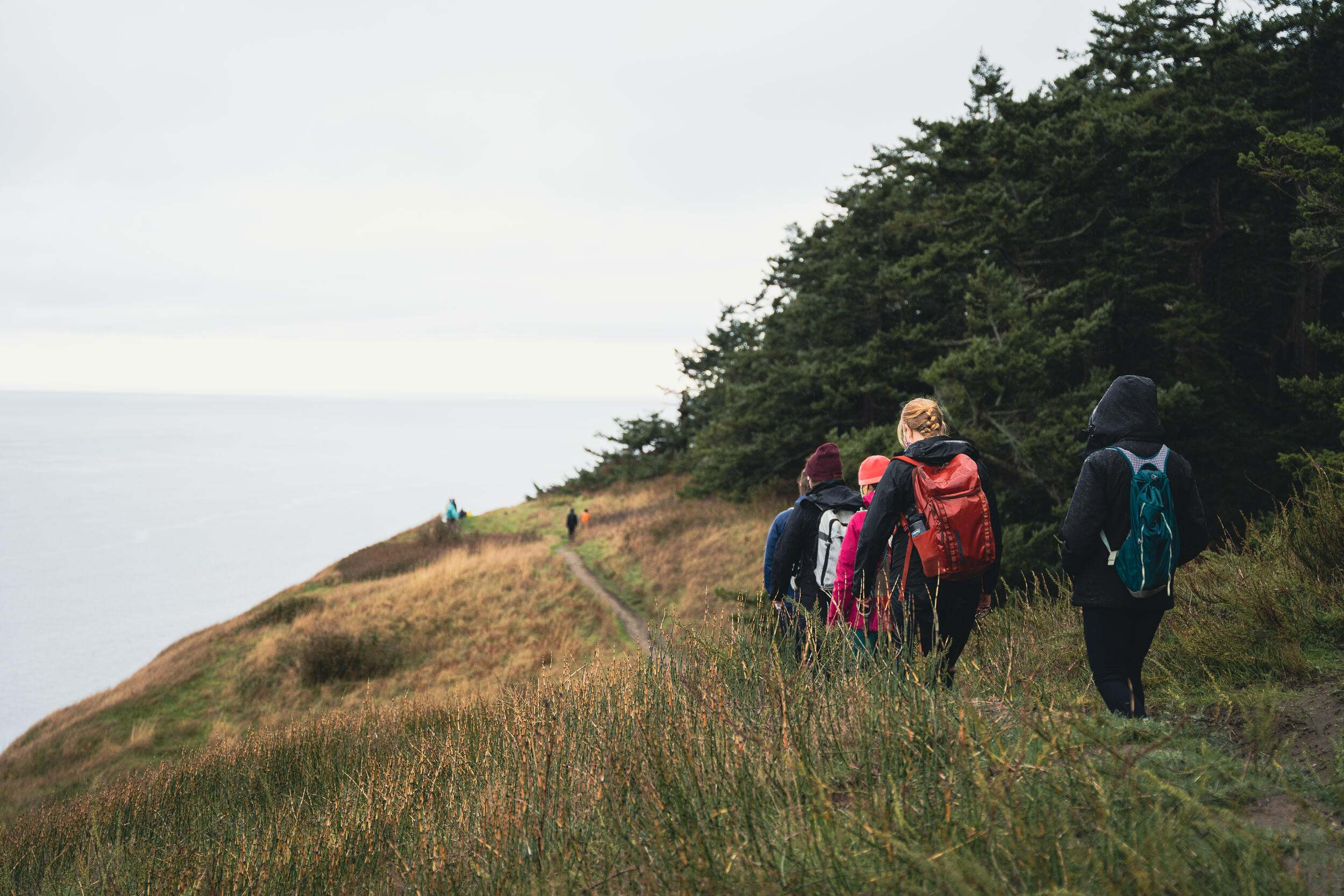
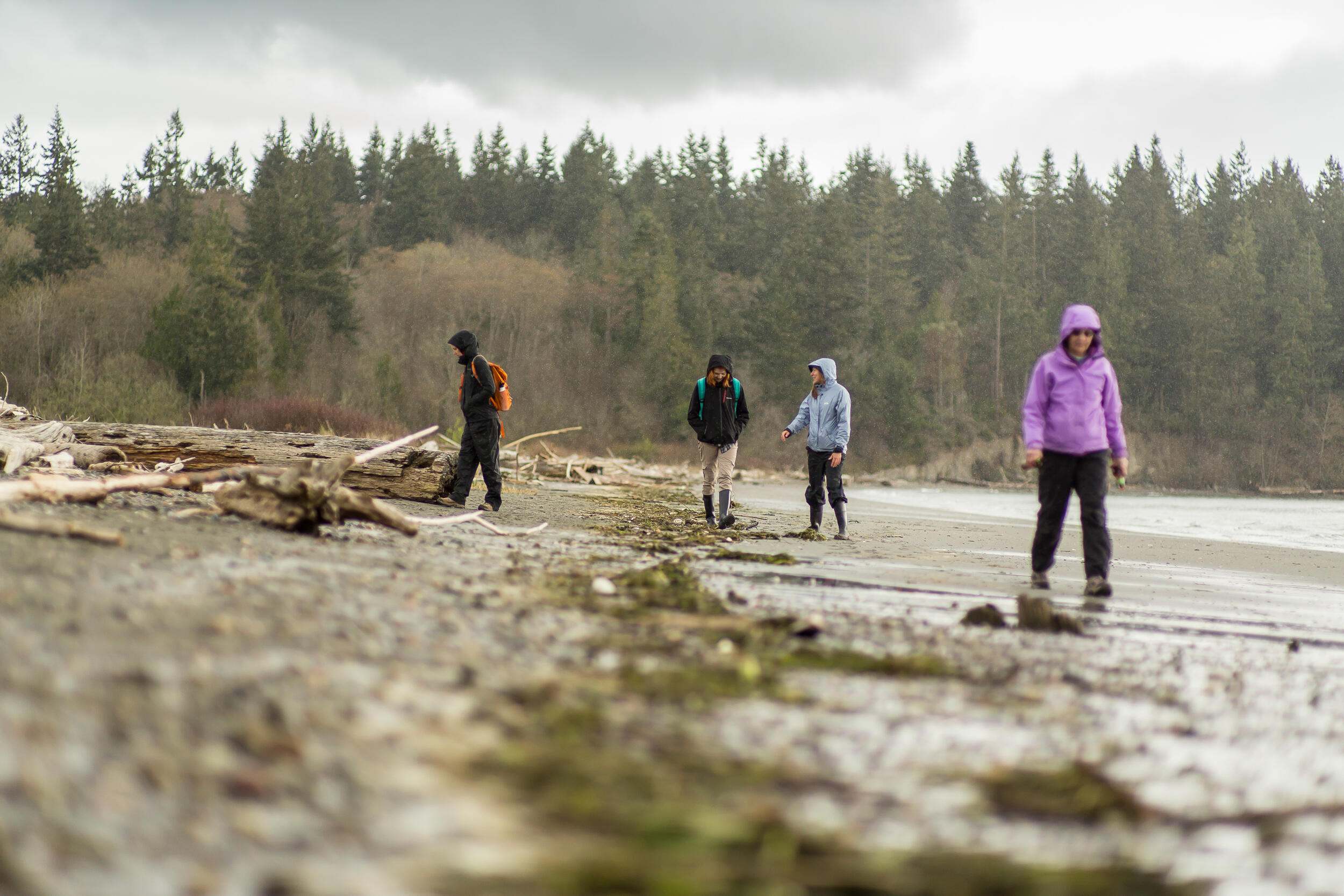
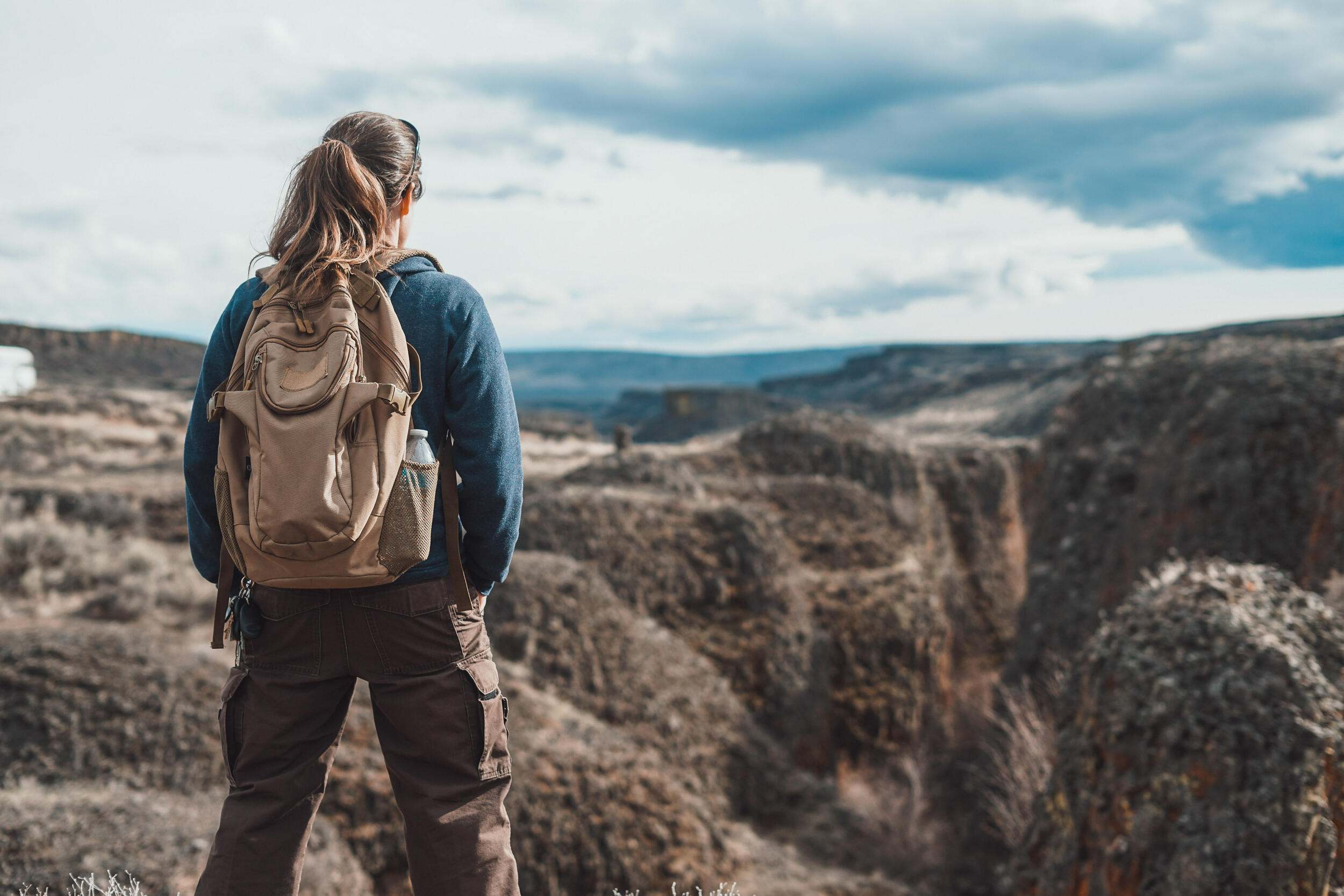
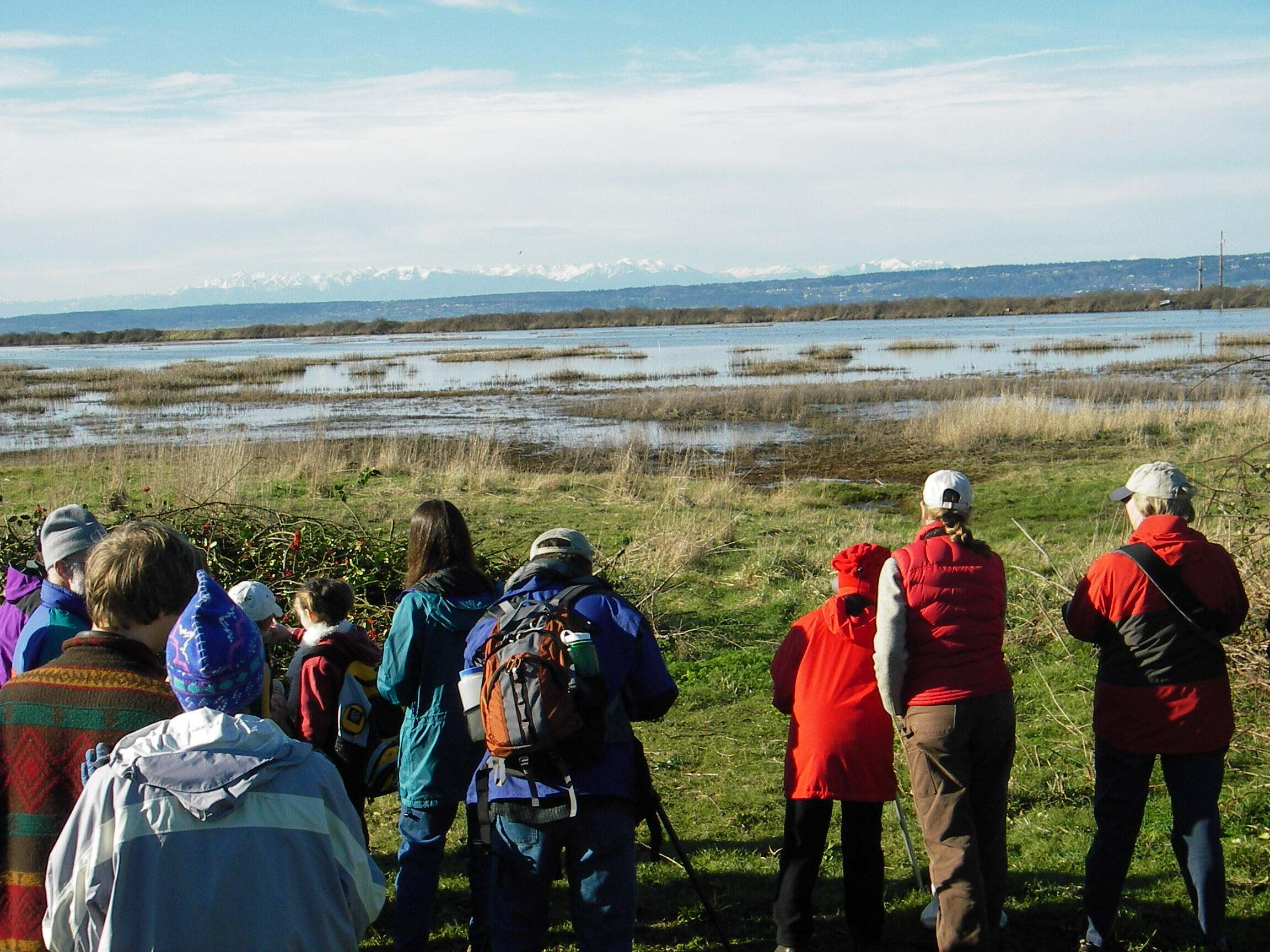

Whether you're an avid hiker, nature enthusiast or someone seeking tranquility, these Nature Conservancy sites in Washington offer a diverse range of experiences while contributing to conservation in our state. Plan your visit, and immerse yourself in the beauty of these special places.
We Can’t Save Nature Without You
Sign up to receive monthly conservation news and updates from Washington. Get a preview of Washington's Nature News email.
